Product Selling Points – garden hoe:
30 years garden hoe Factory:
| Name | Garden hoe |
| Material | High carbon steel or railway steel material |
| Surface treatment | Painted and polished |
| Use | Farming gardening and agricultural |
| Hoe head weight | 1kg,1.2kg,1.4kg,2kg,2.3kg, 3.6kg, 2.5lb,3lb,3.5lb,4lb etc.. |
| Technique | Forged, heat treated polished and fine painted |
| Packing | Packed in carton or wooden cases, 24pcs/ CTN, 48pcs/CTN. |
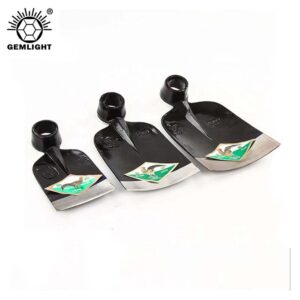
1. Superior Durability garden hoe
Equipped with a forged steel blade, this garden hoe is built to withstand frequent use, providing a reliable tool for long-term gardening and farming tasks.
2. High-Quality Materials
The sturdy oak handle offers a secure and comfortable grip, with excellent weather resistance. It won’t crack or break easily, ensuring durability in all conditions.
3. Ergonomic Design
Balanced design reduces user fatigue, allowing comfortable operation. Perfect for extended gardening sessions without causing strain on hands or back.
4. Multi-Purpose Tool
Ideal for weeding, soil cultivation, trenching, and planting, this garden hoe handles a wide range of garden and farm tasks efficiently.
5. Strong & Sharp Blade
Forged steel blade stays sharp and resists bending or breaking. Paired with a solid handle, it easily tackles weeding and other gardening tasks.
6. Attractive & Functional
Classic polished metal blade paired with natural wood handle. This garden hoe is both practical and visually appealing, enhancing any gardener’s toolkit.
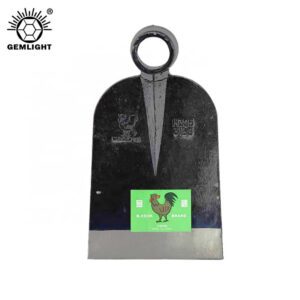
Gemlight Company Advantages:
-
Over 30 Years of Manufacturing Expertise
With more than three decades of experience in agricultural tool production, our factory has built a solid reputation for precision craftsmanship, advanced technology, and consistent product quality. The well-known 1200 Series represents our commitment to innovation and reliability in every tool we make. -
Extensive Product Range – 130+ spade and shovel Series
We offer one of the most comprehensive hoe selections in the industry, featuring over 130 product series and 1200 hoe models. From traditional hoe to specialized field blades, our portfolio covers every agricultural and outdoor application. -
Global Market Reach – Exported to 150+ Countries
Our products are trusted by professionals worldwide. We proudly export to more than 150 countries across Africa, South America, Southeast Asia, and beyond, serving farmers, distributors, and retail brands on a global scale. -
7 Million pickaxe Exported Worldwide
With an annual export volume exceeding 7 million garden hoe, we are one of the leading suppliers in the global agricultural tool industry. Our production capacity ensures timely delivery and consistent quality for both large and small orders. -
Certified Quality – ISO9001, TUV, and SGS Approved
Our factory operates under strict international quality standards and holds ISO9001, TUV, and SGS certifications. Every machete undergoes rigorous inspection and testing to ensure superior durability, sharpness, and performance in the field.
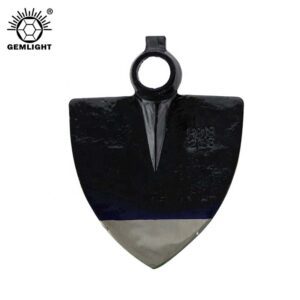

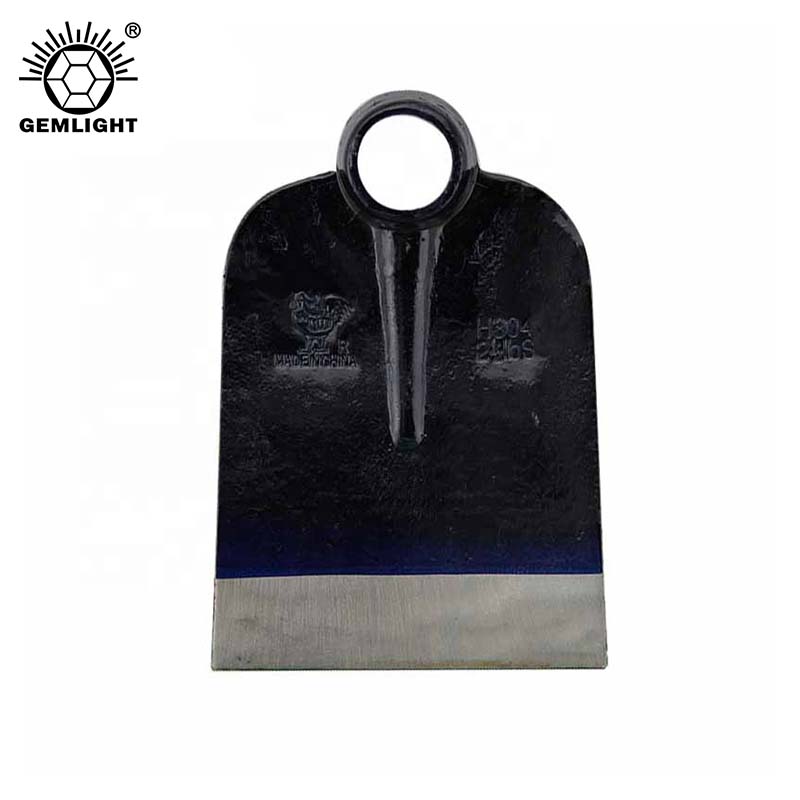
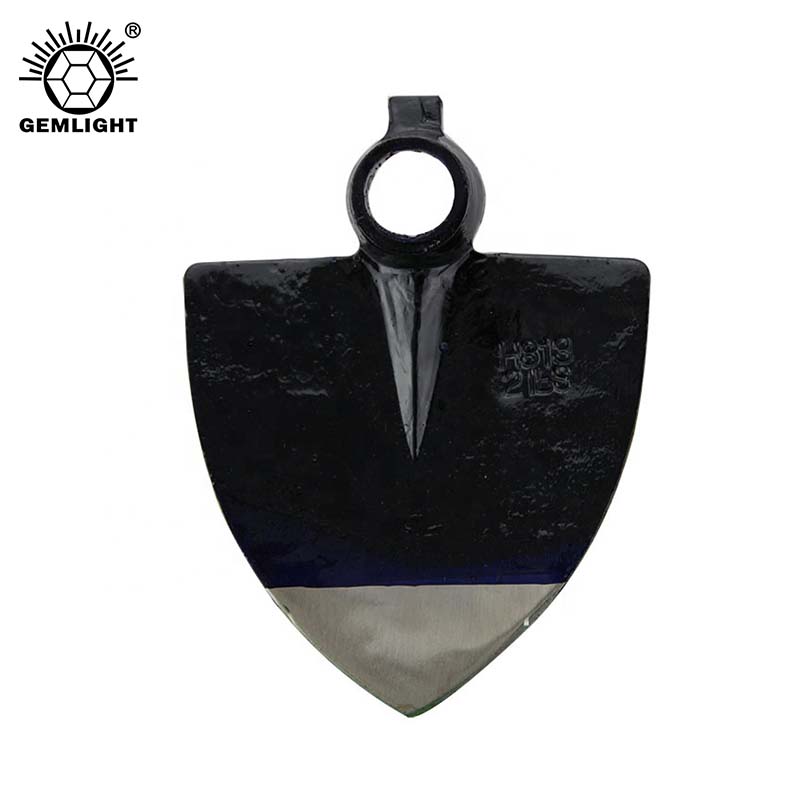
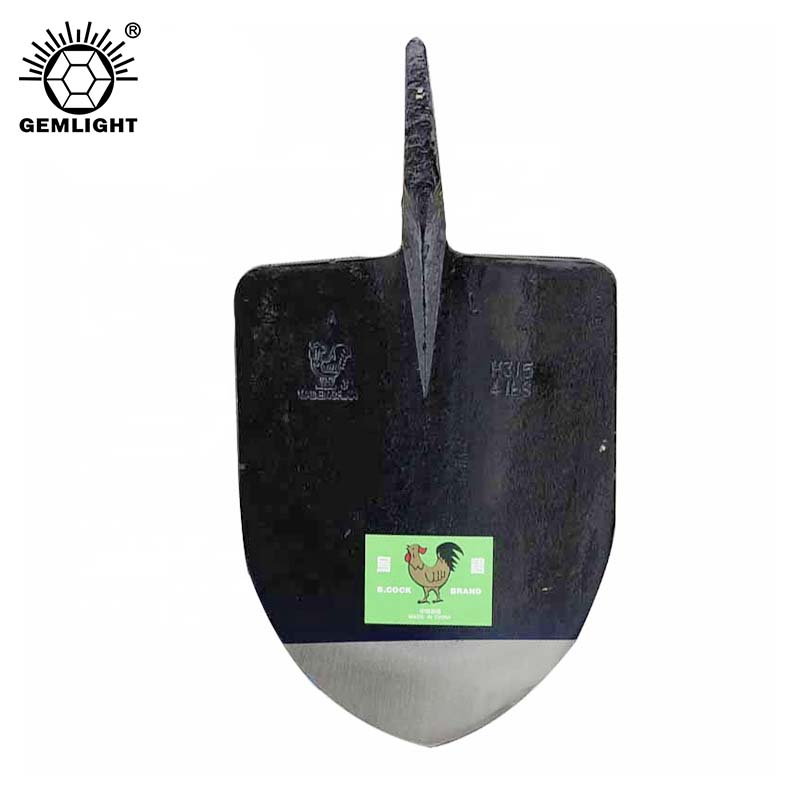
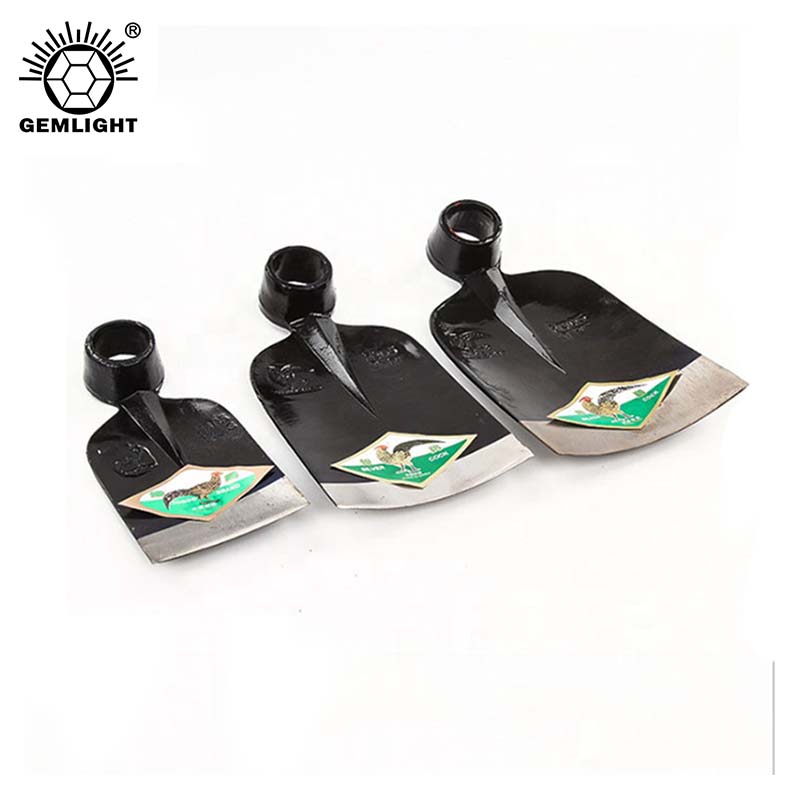
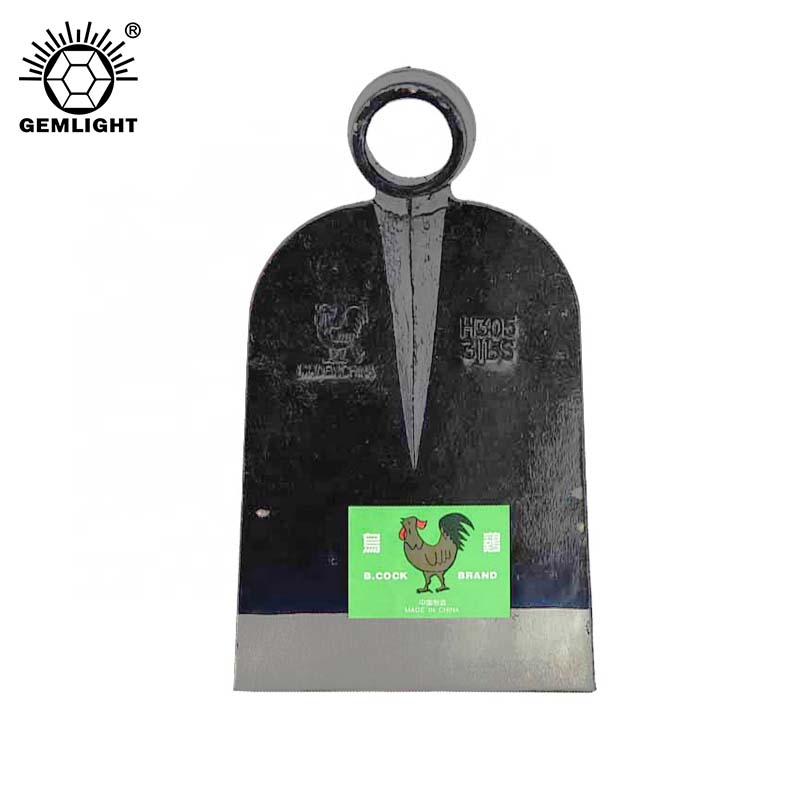
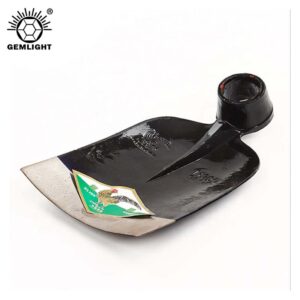

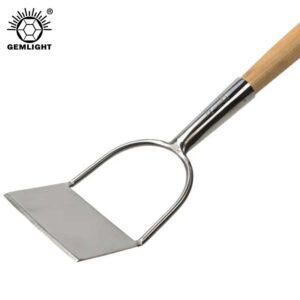
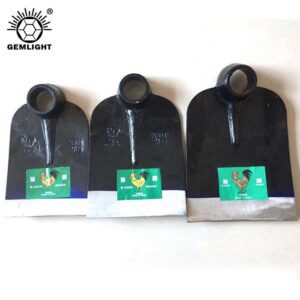
There are no reviews yet.